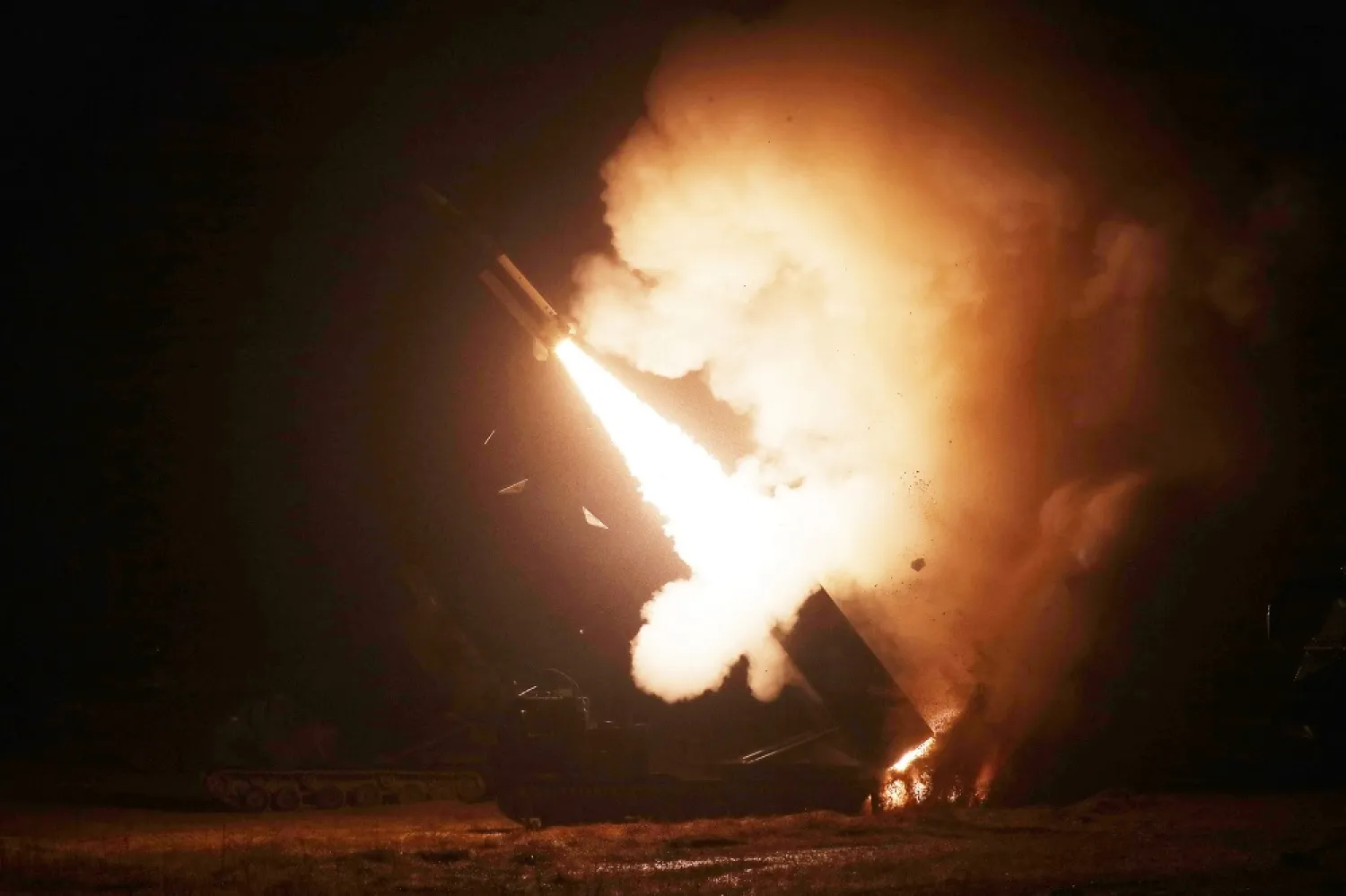South Korea and the US military conducted missile drills in response to North Korea's launch of a ballistic missile over Japan, as the United Nations Security Council prepares to meet over what was Pyongyang's longest-range test.
Nuclear-armed North Korea test-fired an intermediate-range ballistic missile (IRBM) farther than ever before on Tuesday, sending it soaring over Japan for the first time in five years and prompting a warning for residents there to take cover.
South Korean and American troops fired a volley of missiles into the sea in response, South Korea's Joint Chiefs of Staff said on Wednesday, and the allies earlier staged a bombing drill with fighter jets in the Yellow Sea.
The military separately confirmed that a South Korean Hyunmoo-2 missile failed shortly after launch and crashed during the drill, but that no one was hurt.
Footage shared on social media by a nearby resident and verified by Reuters showed smoke and flames rising from the military base.
The fire was caused by burning rocket propellant, and although the missile carried a warhead, it did not explode, South Korea's military said.
It apologized for causing residents to worry.
The White House National Security Council called North Korea's latest test "dangerous and reckless" and the US military and its allies have stepped up displays of force.
The USS Ronald Reagan, an American aircraft carrier that made its first stop in South Korea last month for the first time in years, will return to the sea between Korea and Japan in what the South Korean military called a "highly unusual" move designed to show the allies' resolve to respond to any threats from North Korea.
US President Joe Biden and Japanese Prime Minister Fumio Kishida condemned North Korea's test in the "strongest terms," the European Union called it a "reckless and deliberately provocative action", and UN Secretary-General Antonio Guterres condemned the launch and said it was a violation of Security Council resolutions.
The UN Security Council will meet on Wednesday to discuss North Korea at the request of the United States, despite China and Russia telling council counterparts they were opposed to an open meeting of 15-member body. They argued that the council's reaction should be conducive to easing the situation on the Korean Peninsula, diplomats said.
It was the first North Korean missile to follow a trajectory over Japan since 2017, and its estimated 4,600 km (2,850 mile) flight was the longest for a North Korean test, which are usually "lofted" into space to avoid flying over neighboring countries.
Analysts and security officials said it may have been a variant of the Hwasong-12 IRBM, which North Korea unveiled in 2017 as part of what it said was a plan to strike US military bases in Guam.
Neither North Korea's government nor its state media have reported on the launch or disclosed what type of missile was used.
The flight has increased concerns that North Korea may soon conduct an expected nuclear test, which would be the first since 2017.
South Korea's defense minister, Lee Jong-sup, told parliament North Korea had completed preparations for a test and might use a smaller weapon meant for operational use, or a big device with a higher yield than in previous tests.
South Korean President Yoon Suk-yeol called the test "reckless" and said it would bring a decisive response from his country, its allies and the international community.
The launch was a "reckless and deliberately provocative action" that violated UN Security Council resolutions, a European Union spokesperson said.









